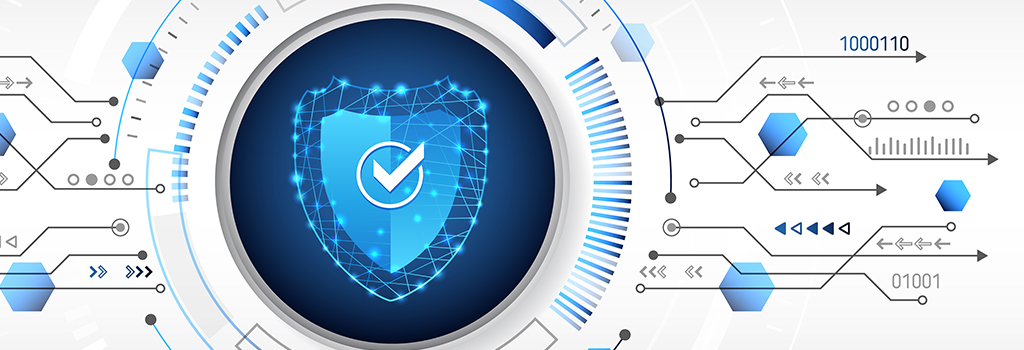Eagle-Lanner tech blog
- 詳細內容
- 作者 Catherine Williams
As many enterprises embrace digital transformation and make significant investments in their shift to the cloud, the challenge now becomes how to fully leverage and realize a cloud-first SASE architecture for security and scalability. Even as more and more data and workloads spread among remote users and cloud services, application traffic and security policy enforcement should not be backhauled to data center before being forwarded to the cloud, instead it should be applied to wherever users are located.
閱讀全文: Importance of SD-WAN and Security Transformation to Architecting SASE
- 詳細內容
- 作者 Catherine Williams
P4-programmable switches, such as Intel® Intelligent Fabric Processors (Intel® IFPs), can enhance Ethernet switching with high-performance, and real-time edge-to-cloud telemetry for higher visibility and manageability. Intel® Tofino end-user programmable Ethernet switches can accelerate packet processing for edge and cloud data centers, high-performance computing (HPC) and communication service providers.
- 詳細內容
- 作者 Catherine Williams
The worlds of IT (Information Technology) and OT (Operational Technology) are converging and when implemented properly, can vastly improve efficiency, reduce errors, cut costs, and enhance workflows, greatly benefiting manufacturing, utility and energy companies, transportation, retail, medical, and communication industries. Apart from the advantages, this convergence also opens OT to a vast and advanced cyberthreat landscape.
閱讀全文: Zero Trust and Defense-in-Depth Cybersecurity for IT/OT Convergence Networks
- 詳細內容
- 作者 Super User
Enterprise networks are increasingly moving to cloud-based applications for distributed workflows among data centers and branch offices to support their remote and mobile workforce and users. While networks have advanced rapidly enough to support the workflows of these remote endpoints, the challenge becomes combining security with networking functions.
- 詳細內容
- 作者 Catherine Williams
In the wake of global conflict and the pandemic, the shift to remote work has greatly increased, coupled with more data-driven organizations moving their operations to the cloud, which has escalated the risk of attacks and widened security threats. With constant security threats, confidential computing provides hardware-level security, confidentiality, and privacy for enterprises.
閱讀全文: Confidential Computing Utilizing Intel® SGX Secures eHealthcare and Financial Applications
- 詳細內容
- 作者 Catherine Williams
Private 5G networks are emerging as the connectivity technology of choice for enterprises seeking to implement the transformative applications that drive smart factories, power plants, and the internet of things (IoT). A private 5G network gives companies the ability to customize the network according to specific organizational needs and locations, securely, and on their timetable.
- 詳細內容
- 作者 Catherine Williams
A RAN Intelligent Controller (RIC) is a software-defined key element of the Open Radio Access Network (Open RAN) architecture, responsible for optimizing RAN elements and customize RAN functionality at the edge. It manages and optimizes RAN resources to support interoperability across different hardware (RU, servers), and software (DU/CU) components, quick enablement of new services, and triggers near real-time action to improve overall network efficiency. RIC supports innovative use cases that can lower mobile operators’ total costs, enhance customer’s quality of experience (QoE), and quality of service (QoS) -- bringing intelligence, agility, and programmability to radio access networks.












